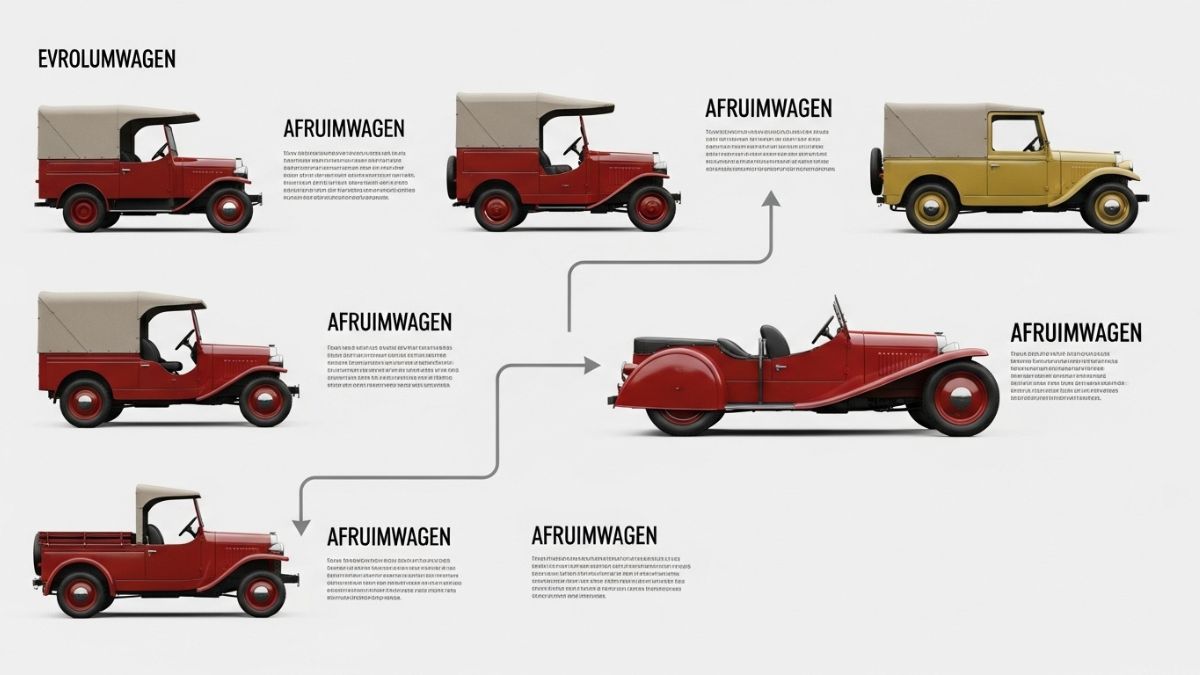The word “Lazo” may seem simple at first glance, but its meanings are as rich and diverse as the cultures that use it. In Spanish, “lazo” directly translates to “tie,” “bow,” or “knot.” However, its significance extends far beyond its dictionary definition. It is a word woven into daily life, fashion, symbolism, emotional bonds, and even national traditions. Whether you’re looking at it from a linguistic, social, or symbolic perspective, “lazo” is a term that offers deep insight into connection and unity.
Lazo in the Spanish Language
In its most basic form, “lazo” is a common Spanish noun. It can refer to anything from a shoelace to a decorative ribbon. Spanish speakers often use it to describe physical ties, but also metaphorical ones—such as family ties (lazos familiares), emotional ties (lazos afectivos), or even political alliances. This makes the word highly adaptable in conversation and literature, often carrying both literal and poetic weight.
Lazo as a Symbol of Unity
One of the most powerful uses of “lazo” is its metaphorical representation of unity and connection. In many cultures, tying a ribbon around an object, person, or place signifies commitment, remembrance, or solidarity. For example, yellow ribbons tied to trees are used in many countries to represent support for military troops. Pink lazos symbolize the fight against breast cancer. These ribbons aren’t just decorations—they are social statements, created to be seen, understood, and remembered.
Lazo in Fashion and Style
In the world of fashion, “lazo” typically refers to a bow or a ribbon used for both aesthetic and practical purposes. From hair accessories and waist ties to shoe laces and handbag designs, lazos add elegance and femininity to clothing. Designers often use lazos to create vintage or romantic themes, especially in bridal wear and children’s fashion. The bow tie, or corbata de lazo, is a classic menswear piece that never goes out of style, symbolizing sophistication and formality.
Emotional Bonds and the Language of Love
The idea of a “lazo” extends naturally into emotional connections. In literature and everyday speech, phrases like lazo de amor (tie of love) or lazo eterno (eternal tie) evoke the kind of emotional binding that exists between lovers, family, or close friends. These expressions suggest that love, like a ribbon, can be delicately tied, but also dangerously frayed or severed. Poets and songwriters have long played with this metaphor, reminding us that the ties of the heart are just as real as the knots in string.
The Role of Lazo in Celebrations and Ceremonies
In many Hispanic weddings, there is a tradition known as the Lazo Ceremony. During this ritual, a decorative rope or ribbon—usually shaped like a figure-eight—is draped around the necks or shoulders of the bride and groom. This symbolizes their unity and the eternal bond they are forming through marriage. It’s a deeply symbolic part of the ceremony, one that brings cultural richness and emotional depth to the proceedings.
Political and Social Movements Using Lazo
Beyond personal symbolism, “lazo” has become a tool for mass communication in political and social causes. Colored ribbons are now globally recognized symbols for awareness campaigns. Red lazos represent HIV/AIDS awareness, blue lazos symbolize child abuse prevention, and green lazos often stand for environmental activism. These movements rely on a simple yet powerful visual: a tied ribbon, uniting people under a common cause.
Lazo as a Last Name and Identity Marker
“Lazo” is also a common surname in Spanish-speaking countries. Like many family names, it may have originated from a profession, a geographic area, or a descriptive term in medieval times. People with the surname “Lazo” can be found in Spain, Mexico, the Philippines, and across Latin America. For these individuals, the name itself can become a point of pride, identity, and ancestral connection.
Lazo in Art and Design
Artists often use the image of a lazo to represent themes of entanglement, complexity, or continuity. Whether it’s a sculpture featuring twisted ropes or a painting with flowing ribbons, the motif is universally understood. The circular or knotted shapes of lazos symbolize eternity and the never-ending cycle of human relationships. This makes it a popular choice in wedding décor, tattoos, and minimalist graphic design.
Cultural Interpretations of Knots and Ties
In many cultures, knots are seen as sacred or symbolic. In Chinese traditions, for instance, the art of knot-tying is used in decorative crafts and represents good fortune. Similarly, in Celtic culture, intricate knots symbolize eternity and the interconnectedness of life. While the word “lazo” may not be native to these languages, the concept it represents—connection, unity, binding—is universally powerful.
The Practical Use of Lazo in Daily Life
On a practical level, lazos are everywhere. You use them to tie garbage bags, secure packages, or fasten shoes. In households across the world, ribbons and ties help organize, decorate, and personalize daily objects. Though often overlooked, these simple pieces of string or fabric carry more value than we give them credit for.
Lazo in Education and Childhood
Children often encounter lazos early in life—on birthday gifts, school uniforms, or in learning how to tie their shoes. These early interactions with lazos teach coordination, patience, and aesthetics. In educational settings, teachers may use ribbon activities to develop motor skills and hand-eye coordination. Even in this practical context, the word “lazo” continues to reinforce themes of connection and development.
Digital and Modern Use of the Word Lazo
In the age of social media and digital communication, “lazo” continues to evolve. It appears in hashtags, usernames, and digital brands. Online stores and blogs related to crafts, wedding planning, and personal development often include “lazo” in their titles to evoke warmth, creativity, and bonding. This digital adaptation shows how traditional words can stay relevant in a high-tech world.
The Psychology Behind Ribbons and Ties
Psychologically, the idea of a tied ribbon or lazo gives a sense of closure, completeness, and security. We tie things to keep them together, to prevent loss or disarray. This mental association makes lazos comforting symbols, whether in gifts, relationships, or traditions. They represent both attachment and intention—a conscious decision to bind, hold, or remember.
Preserving the Cultural Value of Lazo
As globalization spreads, many traditional symbols risk losing their meaning. However, the lazo has managed to retain its cultural and emotional impact. Whether it’s through heritage events, fashion trends, or educational practices, people continue to keep the spirit of the lazo alive. It’s not just about the fabric—it’s about the values it represents: unity, love, strength, and continuity.
Conclusion
The word “lazo” might look small on paper, but its influence is monumental. From the way we tie our shoes to the way we express eternal love, lazos are embedded in our physical and emotional lives. They show up in languages, customs, clothes, campaigns, and more, constantly reminding us that connection is at the heart of human existence. As both a literal and symbolic element, “lazo” continues to be a timeless representation of how we bond with one another and the world around us.
FAQs
What does “lazo” mean in Spanish?
“Lazo” in Spanish means tie, bow, or ribbon. It can refer to both physical and metaphorical connections.
What is the lazo ceremony in weddings?
It’s a traditional ritual in Hispanic weddings where a ribbon is placed around the couple to symbolize their unity and eternal bond.
How is “lazo” used in social causes?
Colored lazos or ribbons are used to raise awareness for causes like cancer, HIV/AIDS, and child abuse prevention.
Is “lazo” only used in Spanish-speaking countries?
While the word is Spanish, the concept of symbolic ties or ribbons exists globally under various names.
What makes “lazo” such a powerful symbol?
Its ability to represent unity, love, remembrance, and strength makes it a universal and emotionally resonant symbol.











